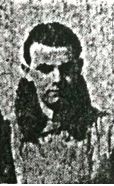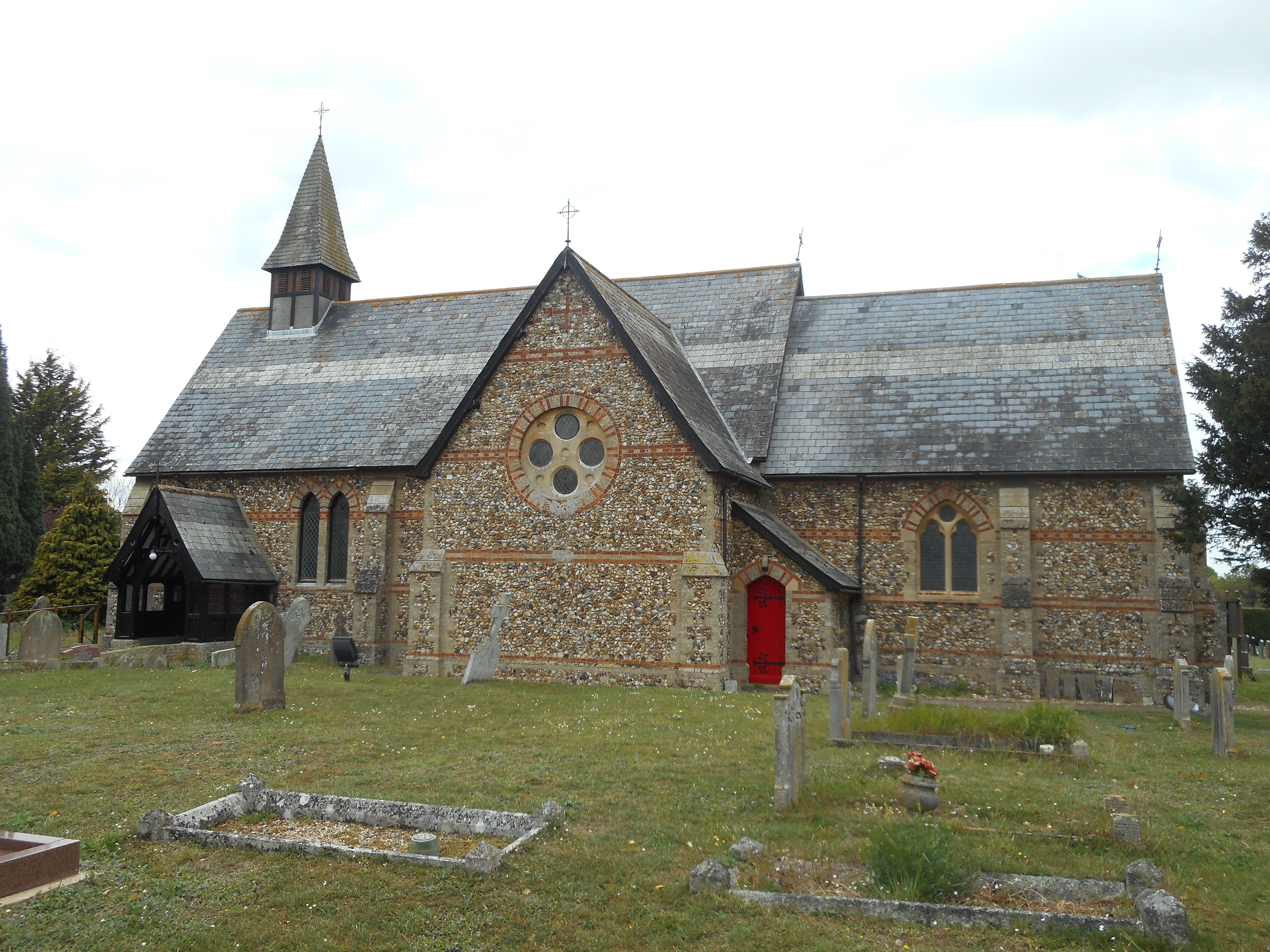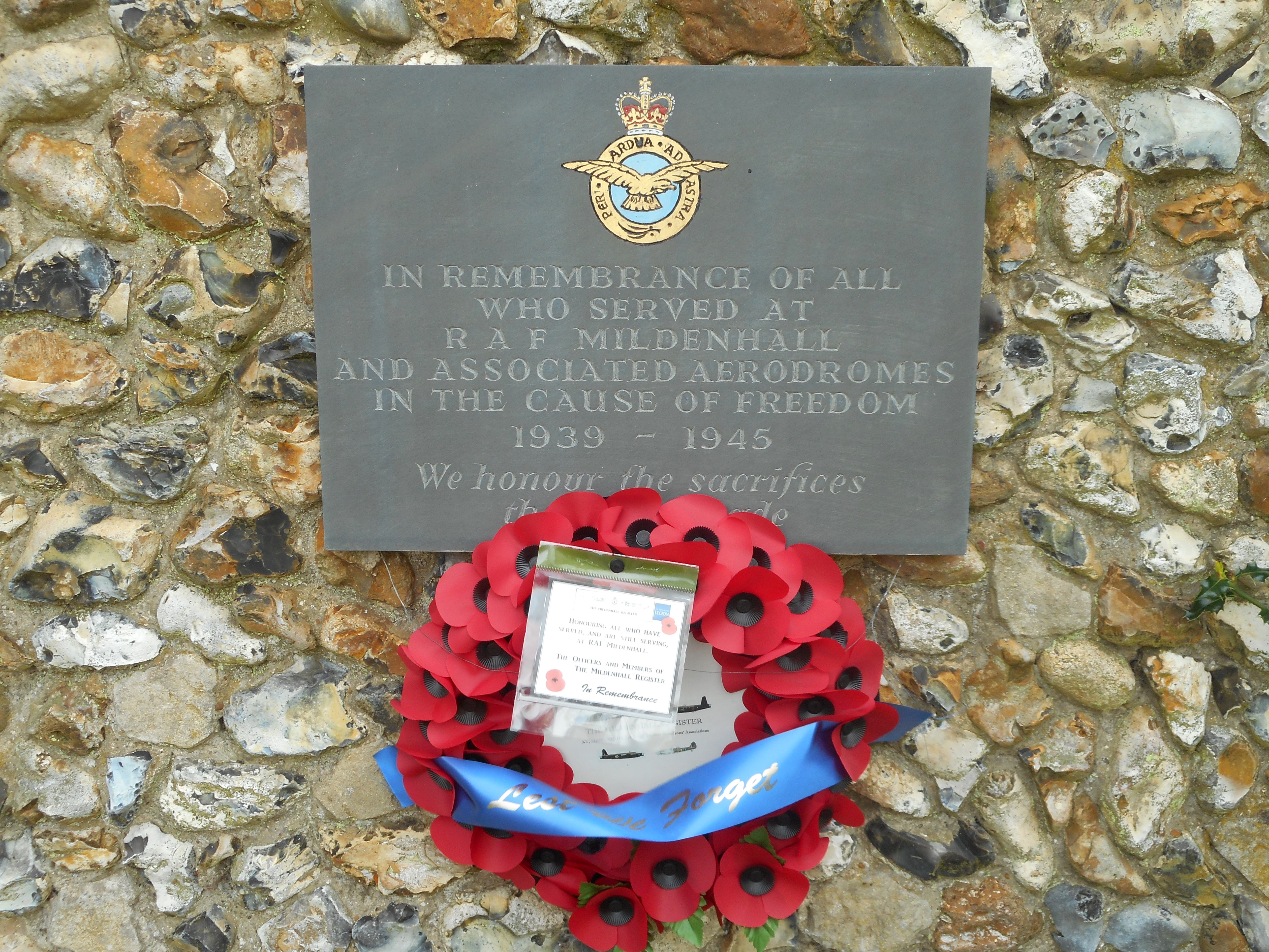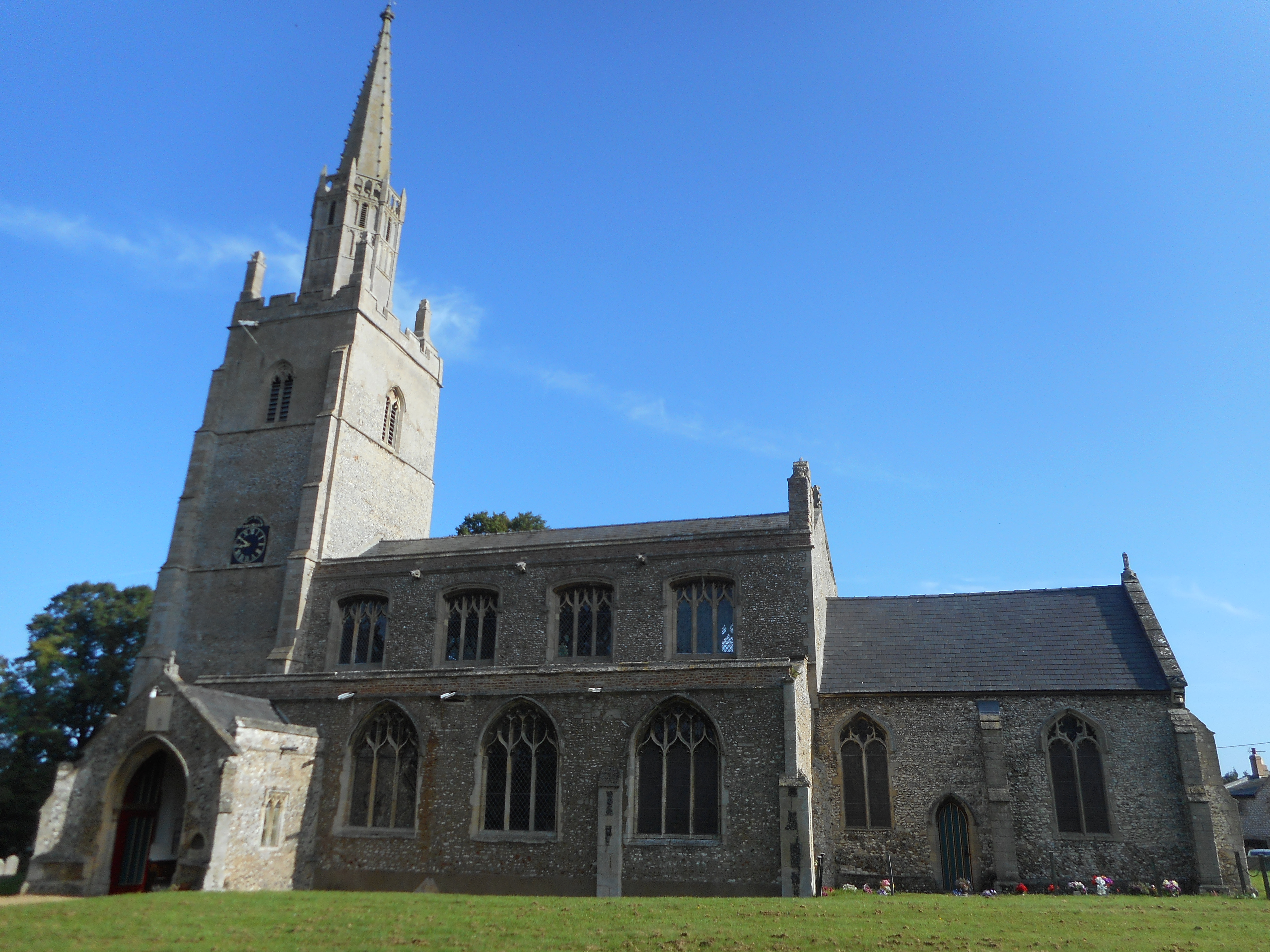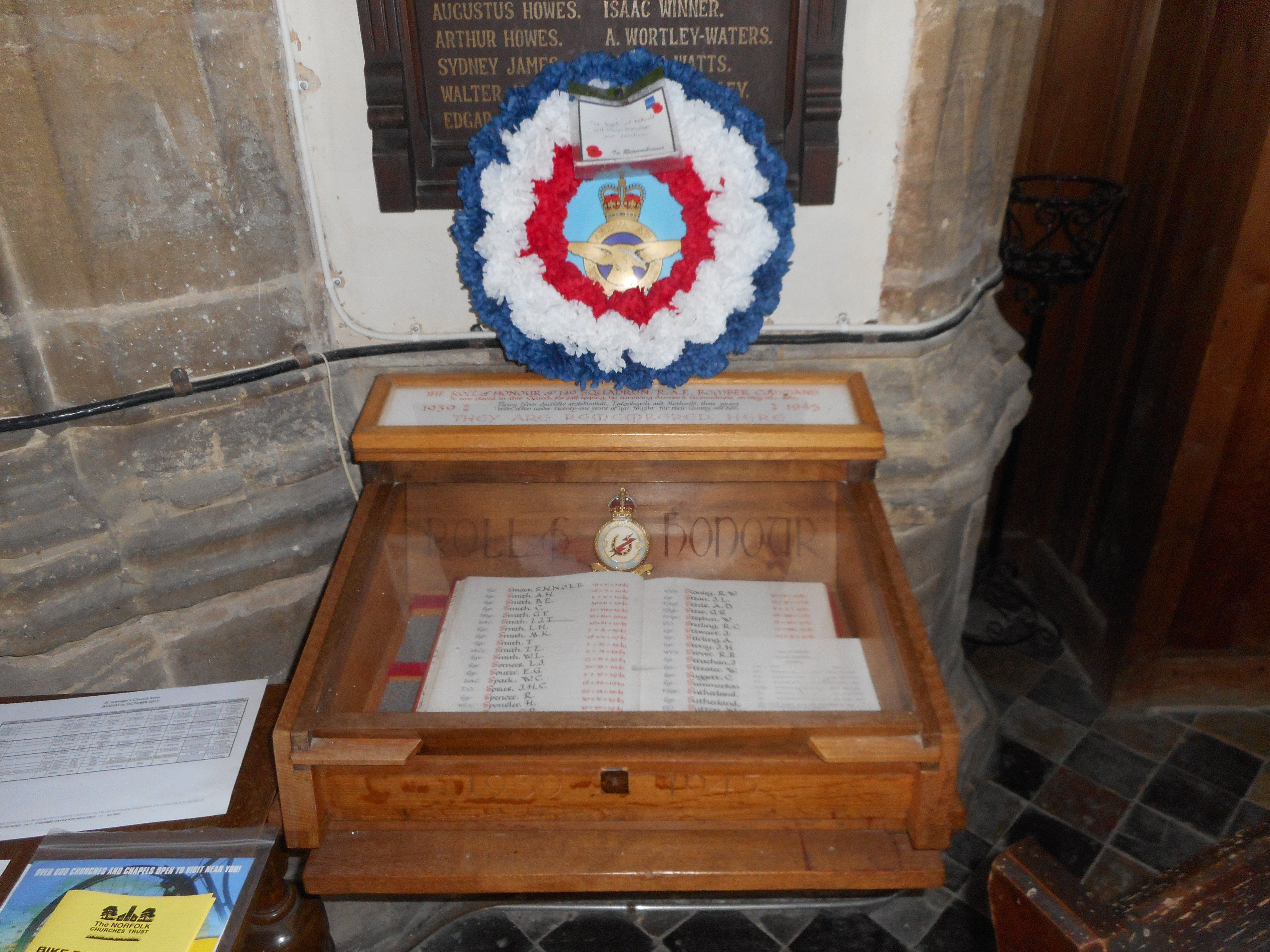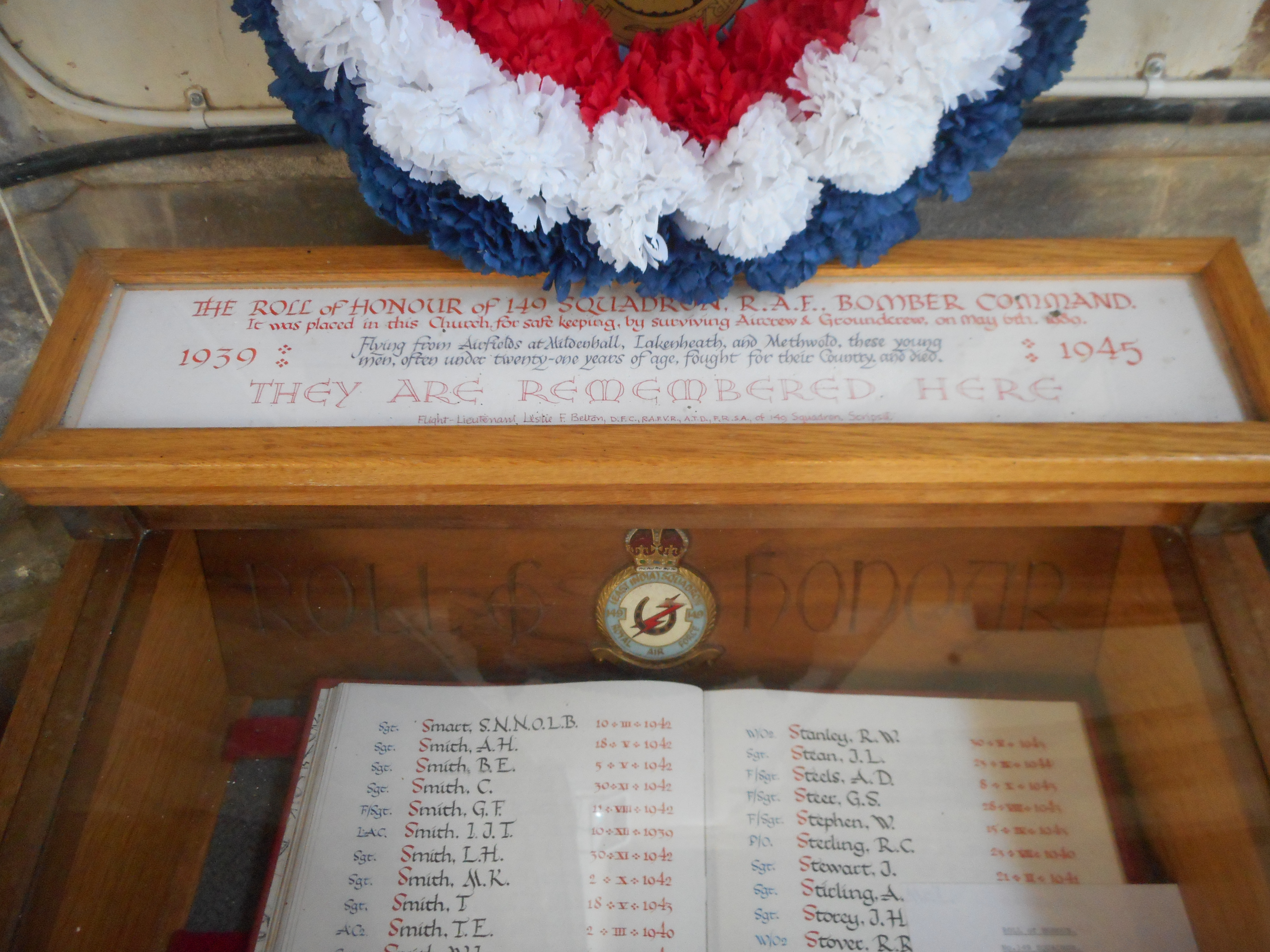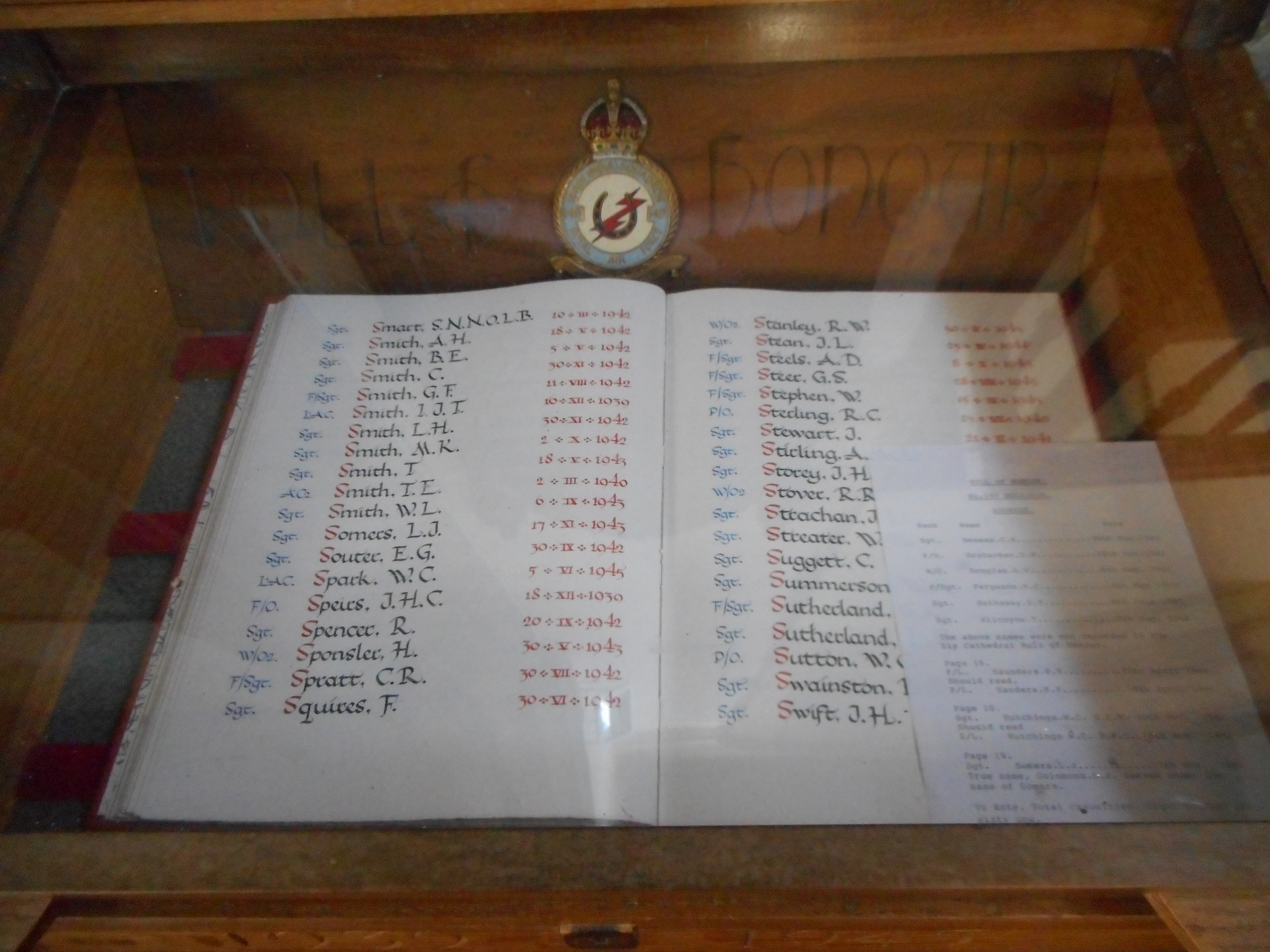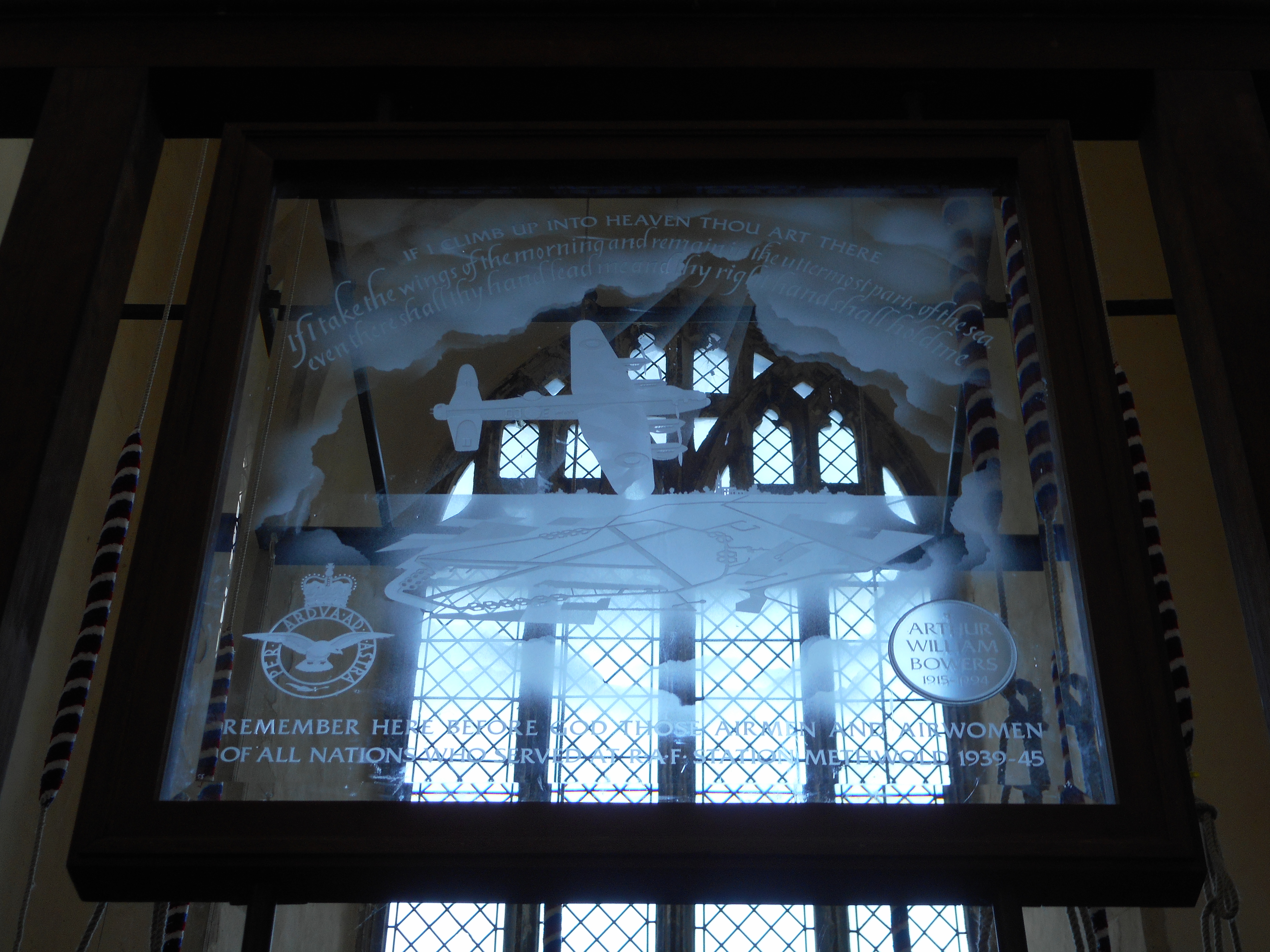Lines, Fred Norman
Personal Information
| Rank | P/O |
| Forename(s) | Fred Norman |
| Surname | Lines |
| Gender | M |
| Age | 23 |
| Date of Death | 18-12-1939 |
| Next of Kin | Son of James Fred and Eveline F. Lines, of Coventry. |
Aircraft Information
| Aircraft | Vickers Wellington IA |
| Serial Number | N2962 |
| Markings | OJ-B |
Memorial Information
| Burial/Memorial Country | United Kingdom |
| Burial/Memorial Place | Runnymede Memorial |
| Grave Reference | Panel 1. |
| Epitaph |
IBCC Memorial Information
| Phase | 2 |
| Panel Number | 199 |
Enlistment Information
| Service Number | 70892 |
| Service | Royal Air Force |
| Group | 3 |
| Squadron | 149 (East India) |
| Squadron Motto | Fortis nocte (Strong by night) |
| Trade | Pilot |
| Country of Origin | United Kingdom |
Other Memorials
| Location | Church of St. John, Beck Row, Suffolk |
| Country | United Kingdom |
| Memorial Type | Inscribed Slate Tablet on rear external wall of Church |
| Memorial Text | In remembrance of all who served at RAF Mildenhall and associated aerodromes in the cause of freedom, 1939-1945 |
| Location | St. George's Church, Methwold, Norfolk |
| Country | United Kingdom |
| Memorial Type | Roll of Honour & inscribed window |
| Memorial Text | Roll of Honour of 149 Sqn RAF and a window remembering the men and women of all Nations who served at RAF Methwold, 1939-1945 |
Miscellaneous Information
| The first aircraft shot down, it was attacked by Me110s and dived into the sea from 10,000 feet |
| Coventry local news Wednesday, December 27th 1939: ‘Coventry RAF Pilot Missing’ – Took part in raid on Heligoland; An officers graphic description of how the machine of 23 years old Coventry airman, taking part in the RAF raid on Heligoland of December 18, was seen to dive towards the sea, after having shot down an enemy fighter, is contained in a letter received by Mr. and Mrs. J. F. Lines, 59, Sackville Street, Coventry. Their son, Pilot Officer Frederick Norman Lines, is reported missing. He is Coventry's first RAF casualty of the war. The letter Mr. and Mrs. Lines have received from the officer in command of the raid reads 'Though I suppose there maybe the very faintest gleam of hope that he might have been picked up by the other side, I must tell you personally how I feel that your son and his crew lost their lives during the battle carried out between Wilhemshaven and Heligoland on December 18'. Continuing the officer writes: "I expect it is small consolation that he died fighting it out, and had already brought down one of the enemy fighters. In his first engagement he and his crew were doing splendidly, and in another five minutes would have been clear of the attack. The aircraft that shot him down was shot down in flames as he pulled away. That gave us some satisfaction. He was flying in the aircraft directly alongside me at the time, when he was hit and went down. This was some sixty miles or so out to sea. No one was able to see exactly what happened as we were all too busy engaged until the attacks were finally broken up”. Mr. and Mrs. Lines had a letter from the Air Council confirming that Pilot Officer Lines is missing. Pilot Officer Lines was a gifted young man. He was a Freeman of the City of Coventry having been admitted in 1937. He served his apprenticeship after education at Wheatley Street School and the Coventry Technical College with Humber Ltd., being employed as a draughtsman. During his apprenticeship he wanted to get into the air force. Mrs Line told a Midland Daily Telegraph reporter "but he was unable to do so until two years ago. Then he joined the volunteer reserve. An only child, Pilot Officer Lines was a keen athlete. He was a member of the Automobile Engineers.” |
Commonwealth War Graves Commission
The National Archives
Fellow Servicemen
Please note that this list gives all the losses aboard the quoted aircraft and occasionally these may have occurred on an earlier date when the aircraft was not itself lost. Please check the dates of death carefully.
Last Operation Information
| Start Date | 18-12-1939 |
| End Date | 18-12-1939 |
| Takeoff Station | Mildenhall |
| Day/Night Raid | Day |
| Operation | Daylight attack on shipping off Wilhelmshaven by 24 Wellingtons |
| Reason for Loss | Picked up early by an experimental German Freya radar on the island of Wangerooge and, in clear conditions, were scattered by accurate flak and then attacked by fighters. Twelve of the 22 aircraft which had reached the target area were shot down for 2 German fighters. This operation, together with an earlier and similarly disasterous operation on 14th December, had a profound effect on British bomber policy and did much to dispel the myth that bombers in a tight formation would always be safe from attacking fighters. |
